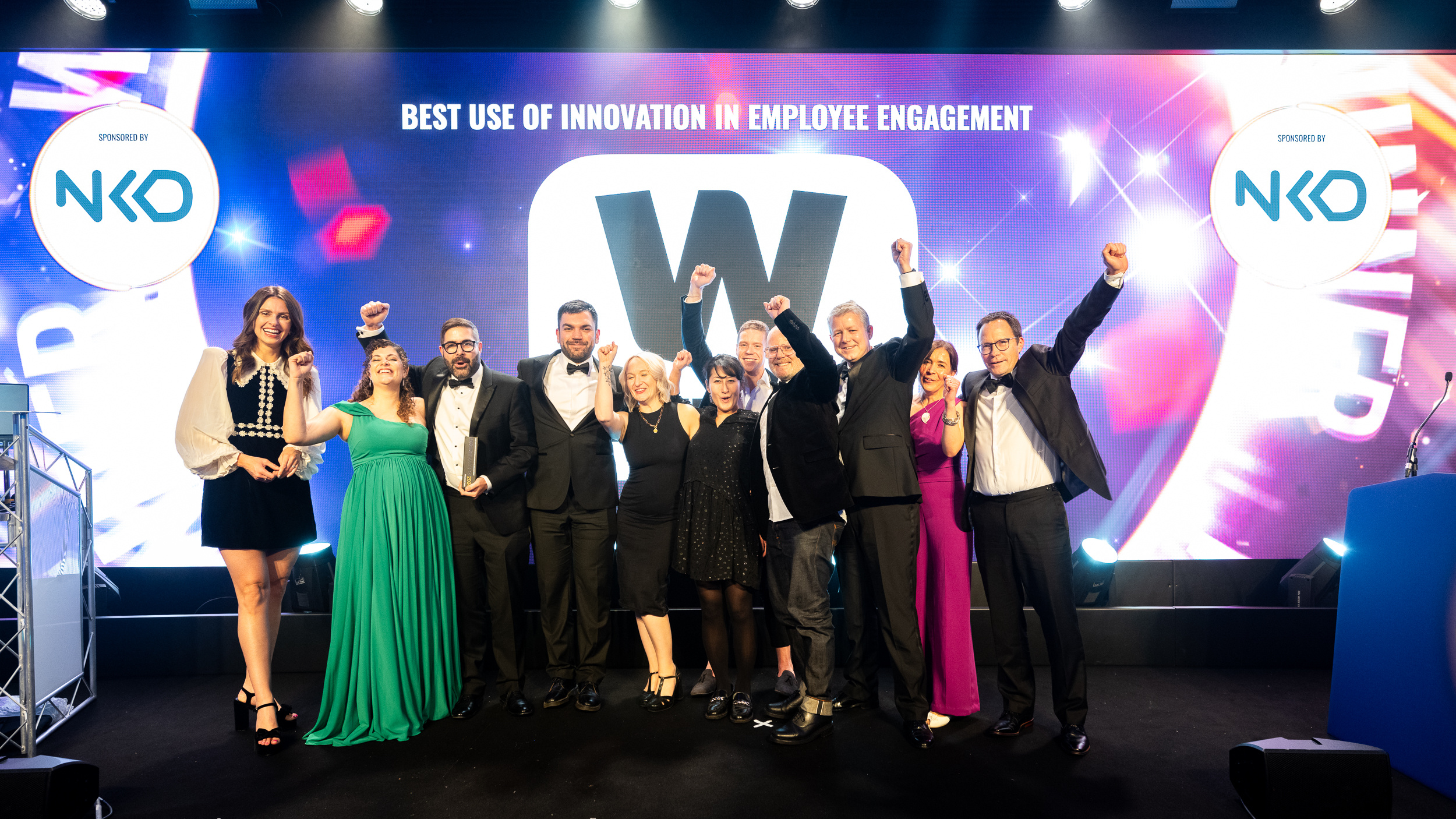Revolutionising Employee Engagement: Continuous Feedback Trends

Explore how continuous feedback is transforming the landscape of employee engagement, enhancing workplace dynamics and productivity.
The Rise of Real-Time Feedback in Modern Workplaces
TThe digital era has ushered in a new wave of communication methods, and real-time feedback has become a cornerstone of modern employee engagement strategies. With the traditional annual review falling out of favour, businesses are now recognising the value of immediate, ongoing feedback to empower and motivate their workforce.
Real-time feedback fosters a culture of open communication and continuous improvement, allowing employees to adjust their performance promptly and efficiently. This shift not only promotes personal development but also drives organisational growth by aligning individual contributions with company goals.
Integrating Technology: Tools and Platforms Facilitating Continuous Feedback
Technology plays a pivotal role in enabling continuous feedback within organisations. A myriad of digital tools and platforms are now available to support this trend, ranging from mobile apps to comprehensive management systems. These solutions provide a structured approach for delivering and receiving feedback, ensuring that it is constructive, timely, and easily accessible.
Leveraging these technologies, companies can create a seamless feedback loop where insights are gathered and acted upon quickly, thus removing barriers to communication and enhancing the overall performance management process.
The Impact of Continuous Feedback on Team Dynamics and Employee Satisfaction
Continuous feedback has a profound impact on the way teams operate and how satisfied employees feel within their roles. By encouraging regular dialogue and recognition, it helps build trust and transparency between team members and management. This approach can lead to increased engagement, as employees feel their voices are heard and their contributions valued.
Moreover, the ongoing nature of feedback helps in identifying and resolving issues promptly, which can significantly enhance team cohesion and productivity. Employees who receive frequent, constructive feedback are more likely to be content with their jobs and stay committed to their employer.
Best Practices for Implementing a Continuous Feedback Culture
Creating a culture where continuous feedback is the norm requires careful planning and deliberate action. Best practises include setting clear expectations, training managers and employees on effective communication, and ensuring feedback is specific, actionable, and tied to business objectives.
Organisations should also encourage a two-way feedback street, where employees feel comfortable providing feedback to their superiors, fostering a sense of mutual respect and collaboration. Regular cheque-ins and the use of anonymous surveys can also be instrumental in maintaining an open, feedback-rich environment.
Challenges and Solutions in Continuous Feedback Systems
While the benefits of continuous feedback are clear, implementing such a system is not without its challenges. One common issue is the potential for feedback overload, where the quantity of feedback can be overwhelming and counterproductive. To combat this, companies should focus on quality over quantity and ensure feedback is relevant and concise.
Another challenge lies in ensuring that the feedback provided is received in a constructive manner. Training programmes on giving and receiving feedback effectively can mitigate misunderstandings and help maintain a positive feedback culture. Furthermore, integrating feedback with personal development plans can ensure that it translates into meaningful progress for both the individual and the organisation.




